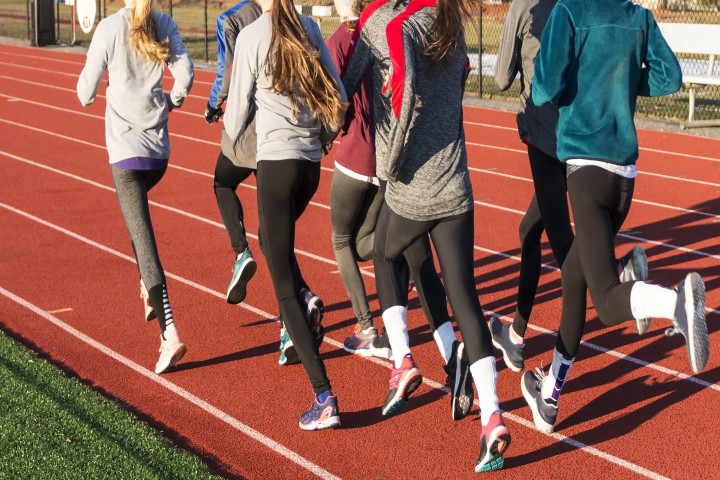A single act of spontaneous kindness at Gering Junior High School recently sparked a chain reaction that’s snowballing into something much bigger in the rural Nebraska community.


A single act of spontaneous kindness at Gering Junior High School recently sparked a chain reaction that’s snowballing into something much bigger in the rural Nebraska community.
Seventh-graders in teacher Brenda Pszanka’s physical education class were running a mile in late September when several girls found themselves struggling to complete the last few laps, with one student in particular in tears, the Gering Courier reports.
Several girls who already finished the run noticed their classmate struggling, and began to encourage the girl to press on, eventually returning to the track to help her finish the last two laps, Pszanka said.
“Pretty soon a group of about 10 girls starting running with her,” the teacher said.
Six more in the class joined another four girls struggling to complete the mile, and the inspiration pushed them all across the finish line.
Pszanka said the crying student’s tears quickly turned to a smile “from ear to ear.”
“She had done it,” Pszanka said. “She finished the mile.”
The teacher also wrote about the incident on Facebook.
“Everyone was cheering these five girls on – yelling their names and clapping,” Pszanka posted. “It was definitely a great sight to see. I was smiling from ear to ear – no prompting from me to go help. These seventh-graders found it in their hearts to help out their classmates.”
But it didn’t end there. Pszanka shared the moving experience with students on her eighth-grade volleyball team, and it inspired them to act out their own kind acts, as well.
Each player wrote two encouraging and positive notes and taped them to lockers at school, then expanded the campaign to downtown businesses during a scavenger hunt later in the day, the Courier reports.
“It was pretty cool seeing them do something nice like that for other people,” Pszanka said. “And we’re hoping that it inspires those people to do something nice for someone else – a chain reaction.”
Researchers at the Institute for Advanced Studies in Culture note that the emerging culture of kindness in many schools is a product of school and community leaders who set a positive example and create habits and traditions rooted in kindness.
In “The Content of Their Character,” a summary of character education in a variety of U.S. high schools, Institute founder James Davison Hunter wrote:
What empathy we feel may help us understand someone else’s needs, and even feel the desire to help that person. But without embedded habits and moral traditions, empathy does not tell us what to do, nor when, nor how.
Ripple Kindness Project offers a more in-depth look at what drives kindness, and its physical and emotional benefits, with “8 Reasons For Teaching Kindness In School.”
“We need to be prepared to teach kindness, because it can be delayed due to maltreatment early in life. It can be smothered under the weight of poverty, and it can be derailed by victimization later in life,” Rutgers University psychology professor Maurice Elias explained. “Yet despite these and other travails, the receipt of kindness and the ability to show kindness through service are both growth enhancing and soul cleansing.”
“Kindness can be taught, and it is a defining aspect of civilized human life. It belongs in every home, school, neighborhood, and society.”